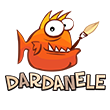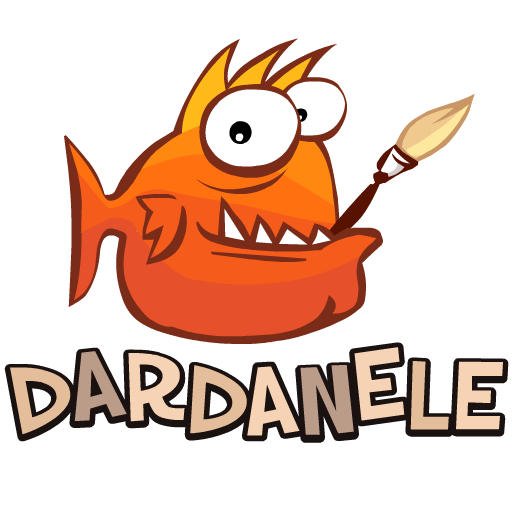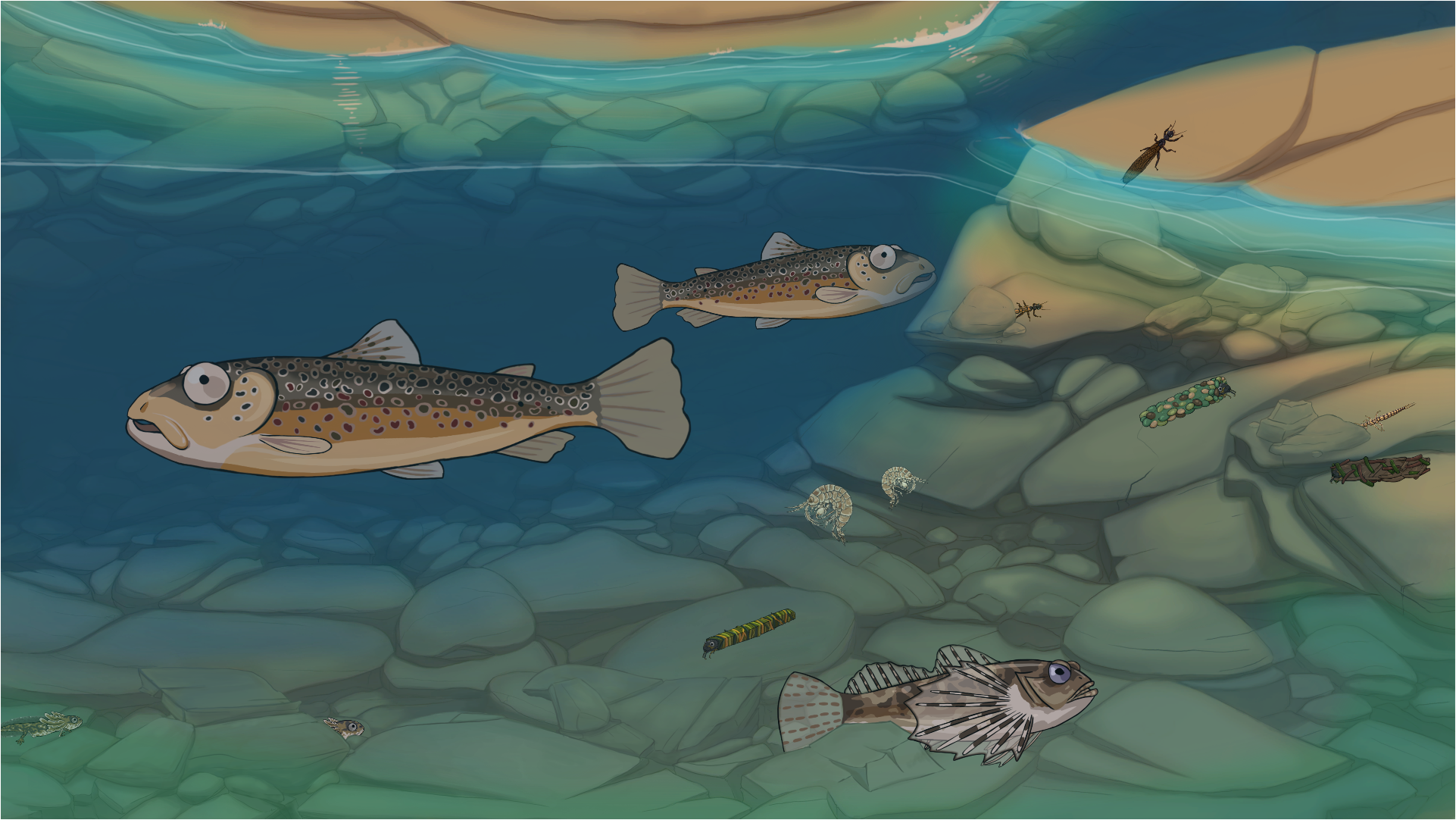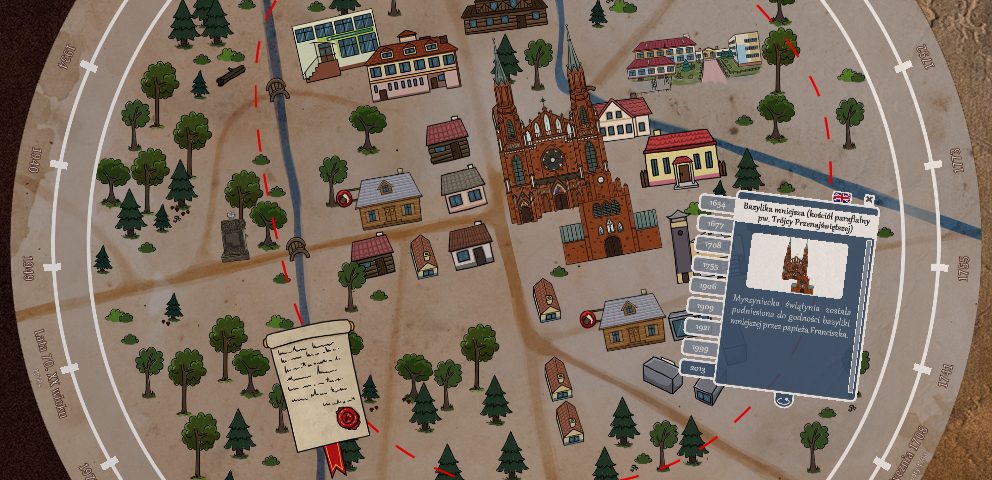Apps for exhibition in the old belfry in Myszyniec.
The heart of Kurpie, Myszyniec. We have implemented applications for the multimedia exhibition in the old belfry at the basilica in Myszyniec.
The exhibition shows the culture and crafts of Kurpie.
Scope of work:
- concept of apps
- scenarios
- graphic design
- illustrations
- animations
- sound
- programming
Kurpie
The name “Kurpie” comes from clogs woven from bast, worn by the people of the Green Wilderness. It appeared for the first time in the 18th century, when the Mazovian and Podlachia nobility settlers began to call people from the Wilderness “Kurp”, “Kurpś”.
Weaving
In the Polish countryside, weaving was a seasonal, common, and cultivated thing to do by women. This skill was passed down from generation to generation.
Looms and a spinning wheel were a necessary element of every household’s equipment. Over time, at the end of the 19th century, weaving became so profitable that the income from it formed the basis of taxes.
Honey hunting
Honey hunting or obtaining honey from wild beehives was the main occupation of the settlers of the Kurpiowska Forest; it is even said that it was a land of honey. Honey hunting required a lot of skill and courage because it was associated with a several-week trip deep into the forest and the threat of, among others crossing paths with bears.
Amber
The history of amber crafting in Kurpie dates back to the 18th century.
Since the entire Narew River basin was associated with the amber industry from around the 15th century, a local dictionary was created around.
In the Mały słownik odmian bursztynu polskiego by Adam Chętnik we will find about 80 names of amber.
Traditional Kurpian costume
Traditional Kurpian costume combines the beauty and history of this region.
The form and colors of the Kurpian costume resulted from the honey hunting traditions of the region. The colors of the forest dominated in men’s costumes – mottled gray, brown, burgundy. Women’s costume was more colorful – multicolored skirts with a predominance of red, colorful or white aprons, shirts with colorful embroidery – all hand-woven and sewn.



